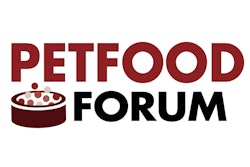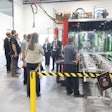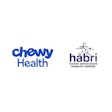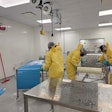Shick Esteve, world leader in process automation, is excited to announce its newly formed partnership with Frazer-Nash Manufacturing, global partner for precision engineering services and solutions, for its Pet Food Systems.
The combination of the Frazer-Nash sanitary extruder hood and the process design and manufacturing capabilities of Shick Esteve will provide the pet food industry with World Class systems and support.
Shick Esteve, world leader in process automation, is excited to announce their newly formed partnership with Frazer-Nash Manufacturing, global partner for precision engineering services and solutions, for its Pet Food Systems. The collaboration between the two companies provides the ability to automate the delivery of dry and liquid ingredients to any pet food manufacturing process. Shick Esteve will combine its process design and manufacturing expertise with Frazer-Nash Manufacturing’s Sanitary Extruder Hoods (SEH) for the post extrusion phase including negative air lift systems.
“We are very excited to have established this partnership bringing two industry leading organizations together. The combination of the Frazer-Nash sanitary extruder hood and the process design and manufacturing capabilities of Shick Esteve will provide the pet food industry with World Class systems and support.” – Tim Cook, VP Linxis Group and CEO Shick Esteve
The Frazer-Nash Manufacturing Sanitary Extruder Hood (SEH) is used in pet food production as part of a clean air conveying system. Its stainless-steel hood ensures the highest standards of hygiene with all-metal construction containing no seals or gaskets to provide no contamination risk to the food product or deterioration to equipment performance. Shick Esteve is the premiere value in automation to help producers automate processes that would otherwise be manual for improving production efficiency, providing quality control through increased ingredient accuracy, reducing labor costs, and helping provide a safer workplace environment.












